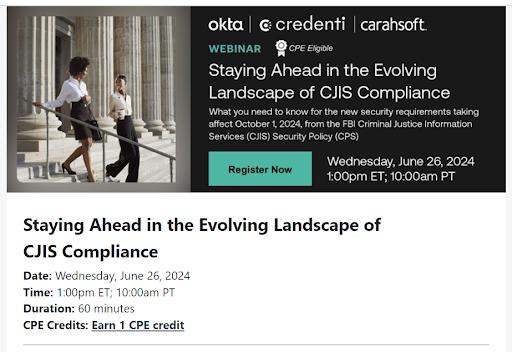Introduction
In today’s digital age, government agencies face increasing pressure to secure their data and comply with stringent regulatory requirements. One such mandate is the Criminal Justice Information Services (CJIS) compliance, which ensures that sensitive information is protected. This blog delves into how enhancing security measures can not only achieve CJIS compliance but also significantly reduce cyber insurance costs.
Understanding CJIS Compliance:
CJIS compliance involves a set of standards set forth by the FBI to secure criminal justice information. Meeting these requirements is crucial for government agencies to avoid penalties and ensure the integrity of their data systems. Key components include implementing multi-factor authentication (MFA), ensuring secure access for mobile devices, and maintaining comprehensive documentation for all security measures.
The Role of MFA in Government Security
Multi-factor authentication (MFA) plays a critical role in securing government systems. By requiring more than one form of verification, MFA significantly reduces the risk of unauthorized access. For instance, the City of Garland faced challenges in securing their systems without MFA, which posed significant security risks and made obtaining cybersecurity insurance problematic. Implementing TecMFA across their Windows workstations and servers not only enhanced their security but also helped them comply with CJIS requirements and secure better insurance terms.
Case Study: City of Garland:
The City of Garland’s journey to CJIS compliance highlights the practical benefits of implementing robust security measures:
- Challenges: Garland initially struggled with a lack of MFA, user resistance, and ensuring mobile device security.
- Solutions: By deploying TecMFA and Tectango, Garland improved their cybersecurity posture, achieved regulatory compliance, and streamlined operations.
- Results: The implementation resulted in enhanced security, compliance with CJIS, improved user experience, operational efficiency, and cost savings in cyber insurance.
Case Study: City of Northport
Similarly, the City of Northport tackled their unique challenges by leveraging TecTango RFID readers and TecMFA:
- Challenges: Northport faced resistance to using personal phones for MFA, confusion with SMS-based MFA, and managing multiple access control systems.
- Solutions: The city implemented TecTango RFID readers and TecMFA to streamline access control and ensure security for both building and computer access.
- Results: This approach led to enhanced security, improved user experience, cost savings on cyber insurance, and simplified access control.
Financial Benefits of Enhanced Security
One of the significant advantages of enhancing security measures is the potential reduction in cyber insurance premiums. By meeting critical security requirements through solutions like TecMFA and Tectango, government agencies can demonstrate their commitment to robust security practices, leading to lower insurance costs. Both Garland and Northport experienced financial benefits through discounts on their cyber insurance policies after implementing these security measures.
Conclusion
Achieving CJIS compliance is not just about meeting regulatory requirements; it’s about building a resilient security infrastructure that protects sensitive data and reduces operational costs. By investing in advanced security solutions like MFA and RFID readers, government agencies can enhance their security posture, comply with regulations, and enjoy substantial savings on cyber insurance.




